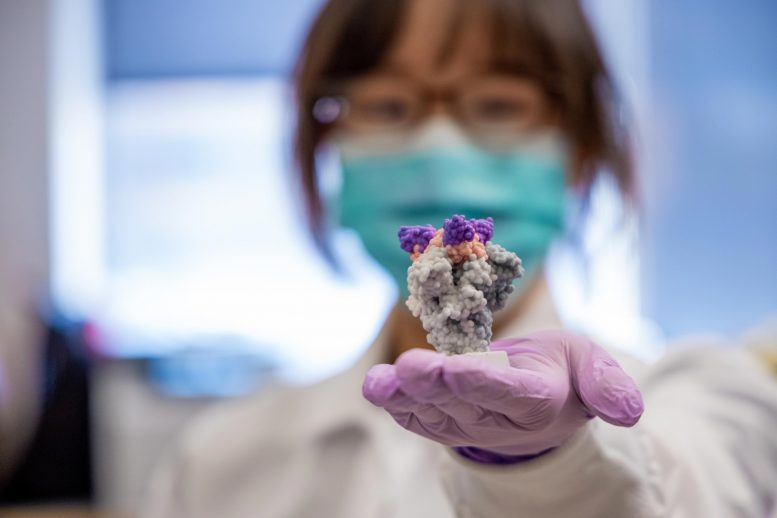
Lead author Yufei Xiang holds of 3D printed model of nanobodies (purple) on top of the SARS-CoV-2 spike protein (gray). Credit: UPMC
Researchers at the University of Pittsburgh School of Medicine describe, in the journal Science, a new method to extract tiny but extremely powerful SARS-CoV-2 antibody fragments from llamas, which could be fashioned into inhalable therapeutics with the potential to prevent and treat COVID-19.
These special llama antibodies, called “nanobodies,” are much smaller than human antibodies and many times more effective at neutralizing the SARS-CoV-2 virus. They’re also much more stable.
“Nature is our best inventor,” said senior author Yi Shi, Ph.D., assistant professor of cell biology at Pitt. “The technology we developed surveys SARS-CoV-2 neutralizing nanobodies at an unprecedented scale, which allowed us to quickly discover thousands of nanobodies with unrivaled affinity and specificity.”
To generate these nanobodies, Shi turned to a black llama named Wally—who resembles and therefore shares his moniker with Shi’s black Labrador.
Dr. Yi Shi, senior author on a paper published in Science, explains how “nanobodies” could be a powerful new weapon against the COVID-19 pandemic. Credit: UPMC
Shi and colleagues immunized the llama with a piece of the SARS-CoV-2 spike protein and, after about two months, the animal’s immune system produced mature nanobodies against the virus.
Using a mass spectrometry-based technique that Shi has been perfecting for the past three years, lead author Yufei Xiang, a research assistant in Shi’s lab, identified the nanobodies in Wally’s blood that bind to SARS-CoV-2 most strongly.
Then, with the help of Pitt’s Center for Vaccine Research (CVR), the scientists exposed their nanobodies to live SARS-CoV-2 virus and found that just a fraction of a nanogram could neutralize enough virus to spare a million cells from being infected.
These nanobodies represent some of the most effective therapeutic antibody candidates for SARS-CoV-2, hundreds to thousands of times more effective than other llama nanobodies discovered through the same phage display methods used for decades to fish for human monoclonal antibodies.
Shi’s nanobodies can sit at room temperature for six weeks and tolerate being fashioned into an inhalable mist to deliver antiviral therapy directly into the lungs where they’re most needed. Since SARS-CoV-2 is a respiratory virus, the nanobodies could find and latch onto it in the respiratory system, before it even has a chance to do damage.
In contrast, traditional SARS-CoV-2 antibodies require an IV, which dilutes the product throughout the body, necessitating a much larger dose and costing patients and insurers around $100,000 per treatment course.
“Nanobodies could potentially cost much less,” said Shi. “They’re ideal for addressing the urgency and magnitude of the current crisis.”
In collaboration with Cheng Zhang, Ph.D., at Pitt, and Dina Schneidman-Duhovny, Ph.D., at the Hebrew University of Jerusalem, the team found that their nanobodies use a variety of mechanisms to block SARS-CoV-2 infection. This makes nanobodies ripe for bioengineering. For instance, nanobodies that bind to different regions on the SARS-CoV-2 virus can be linked together, like a Swiss army knife, in case one part of the virus mutates and becomes drug-resistant.
“As a virologist, it’s incredible to see how harnessing the quirkiness of llama antibody generation can be translated into the creation of a potent nanoweapon against clinical isolates of SARS-CoV-2,” said study coauthor and CVR Director Paul Duprex, Ph.D.
Reference: “Versatile and multivalent nanobodies efficiently neutralize SARS-CoV-2” by Yufei Xiang, Sham Nambulli, Zhengyun Xiao, Heng Liu, Zhe Sang, W. Paul Duprex, Dina Schneidman-Duhovny, Cheng Zhang and Yi Shi, 5 November 2020, Science.
DOI: 10.1126/science.abe4747
Additional authors on the study include Sham Nambulli, Ph.D., Zhengyun Xiao, Heng Liu, Ph.D., and Zhe Sang, all of Pitt.
Funding for this study was provided by the National Institutes of Health (grants R35GM137905 and R35GM128641), the University of Pittsburgh Clinical and Translational Science Institute, Pitt Center for Vaccine Research, and the DSF Charitable Foundation.

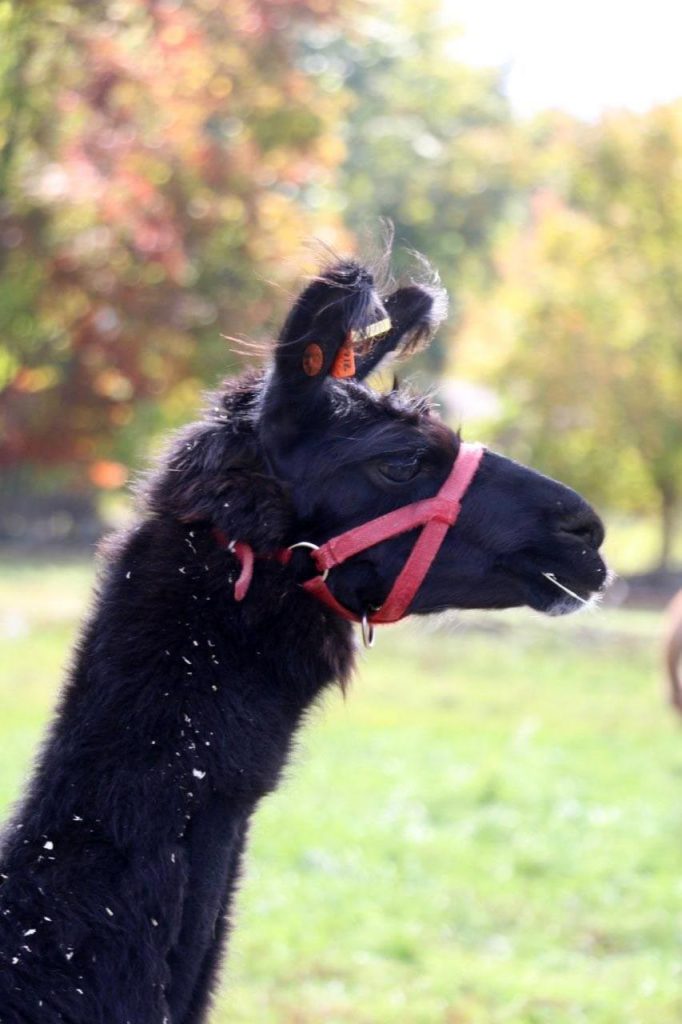
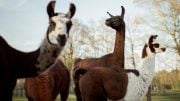
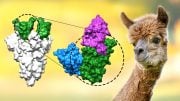
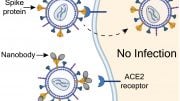
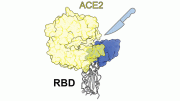
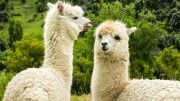
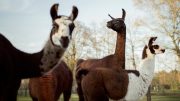
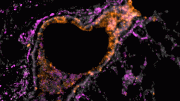
If someone is making $100,000 per patient for some kind of medical treatment, and someone else finds something that costs $10, guess what? Mighty forces will be arrayed against that second someone. I hope good people are CAREFULLY watching this, including providing physical security for that second someone.
Just like when cars were invented but the horse industry did not let them expand, so now our cities are filled with both cars and horses.
Hey, love the Wally’s antibody story. Inhaling would be great, spray it everywhere. It might even win over the antivaxxers.
Well the “market” rewards greed and greedy people have little principles and there are already Billions up for grabs from USA. So yes I hope someone looks after the fools at the university.
I’m sorry. The 3d models of a virus or an antibody are all nice and cute. That being said as a news photograph to help the general populace understand things, it is worthless. Instead it is being used to promote what I call Superstitious Science. Science sounding things for people who can’t or won’t invest the effort to think about these things in detail.
“The one-l Lama, he’s a priest.
The two-l llama, he’s a beast.
And I will bet a silk pajama,
There isn’t any three-l lllama.”
– Ogden Nash
Dr. Millie Hinkle, President of Camel Milk USA, LLC has developed a patent pending formula that has doubled the level of antibodies and antioxidants in camels here in the US. She is working with 2 universities to develop a nasal spray and a powder to work against Covid19. She perfected the formula in 2016 with a study she did with camel in the Middle East. This would be a nutraceutical and no Rx would be needed.